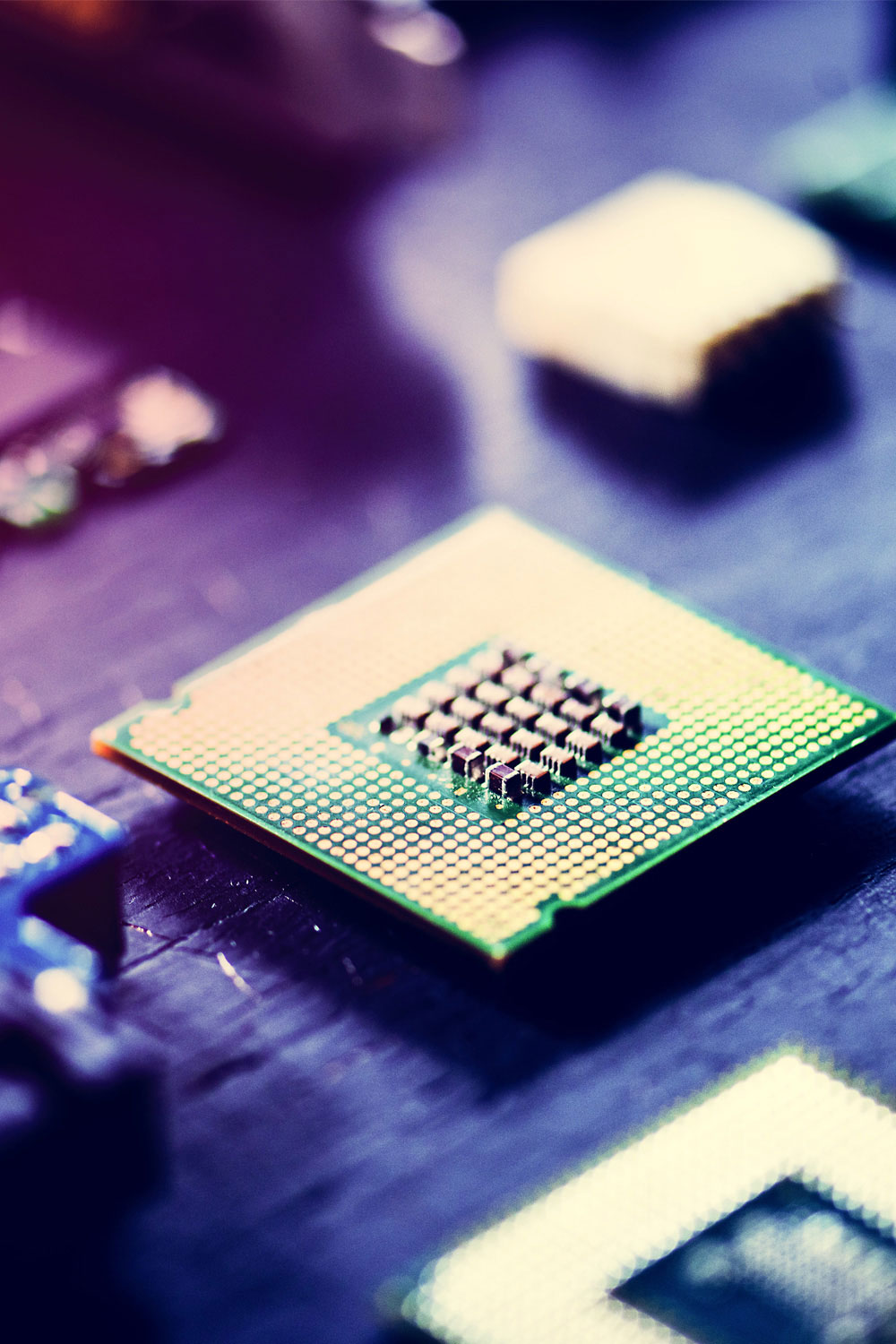Qualcomm Eyes Ultrathin PCs
December 21, 2021 - Author: Linley Gwennap
As it moves up from the smartphone market, Qualcomm has gained share in the smallest Windows PCs: 2-in-1 systems that look like a tablet and have a similarly thin power budget. Its new Snapdragon 8cx Gen 3 beefs up performance enough to get into some ultrathin laptops, opening a much bigger segment for the company. Qualcomm also rolled out a new low-end product, the Snapdragon 7c+ Gen 3. Both follow the aptly named Gen 2 versions that came out last year.
The 8cx Gen 3 features four of Arm’s biggest CPUs—Cortex-X1 models running at up to 3.0GHz—to deliver a 40% gain in single-thread performance over the previous generation’s relatively anemic Cortex-A76s. It also boosts GPU performance by 60%, according to Qualcomm, and raises peak AI performance to 29 trillion INT8 operations per second (TOPS). For connectivity, PC makers can add a Wi-Fi combo chip and optional 5G modem. The 5nm processor has a 10–12W TDP and should appear in PCs in 2Q22.

The single-thread performance of the 8cx Gen 3 still lags that of an Intel Tiger Lake processor running at 15W TDP, a common ultrathin design point. On a multicore benchmark, however, the Snapdragon part outperforms Tiger Lake, which can’t run all four of its CPUs at maximum frequency in 15W. At just 7W TDP, typical for 2-in-1 PCs, the x86 processor trails even with only a single thread running.
One challenge for Qualcomm in the Windows market has been a lack of native software. Four years after the release of the first Arm-based PCs, most major software vendors offer Arm-optimized versions of their leading applications, including Microsoft Office and Teams as well as Adobe Photoshop and Lightroom.
Subscribers can view the full article in the Microprocessor Report.









